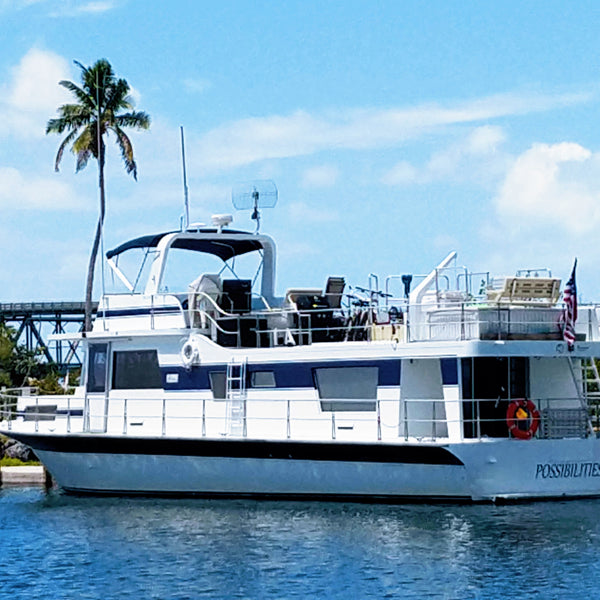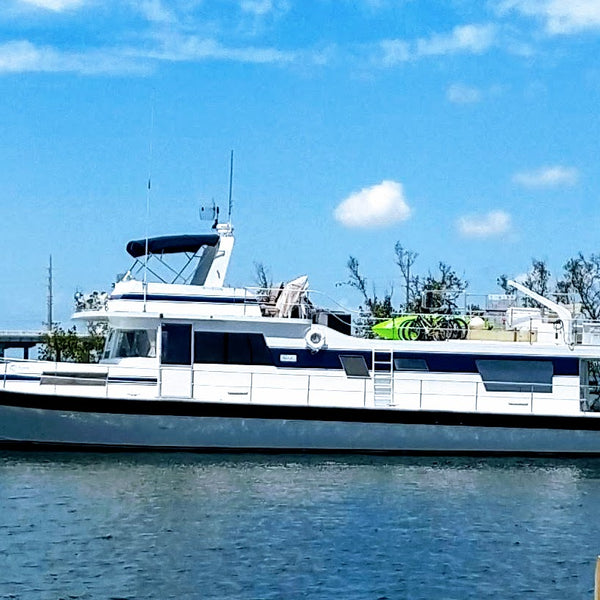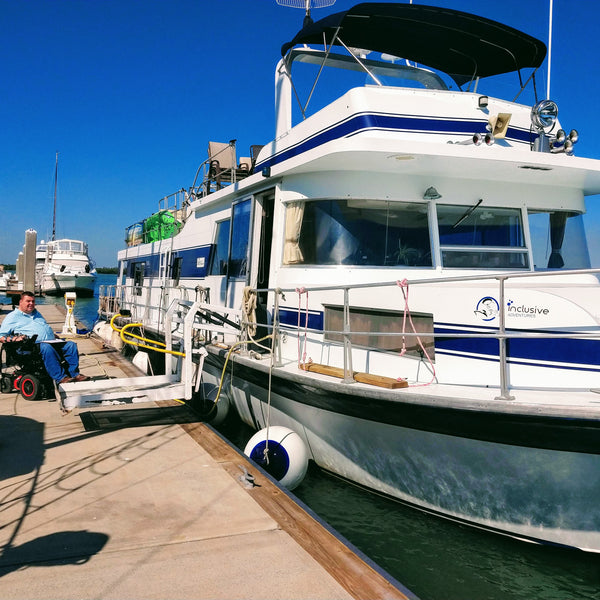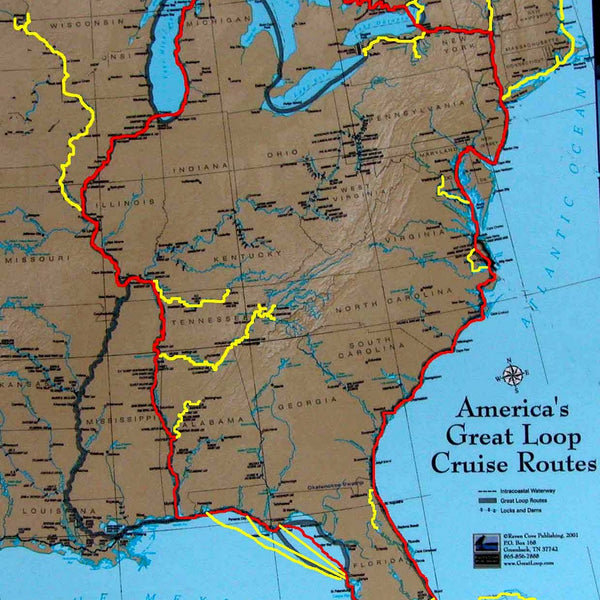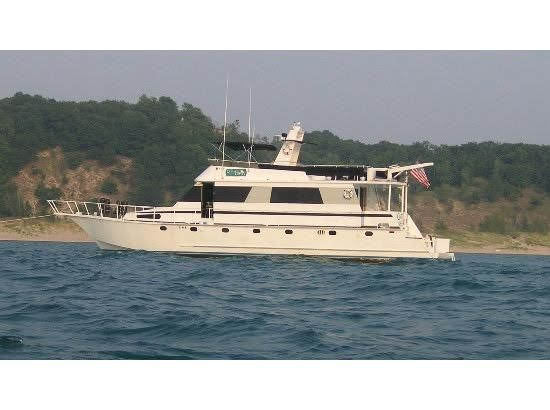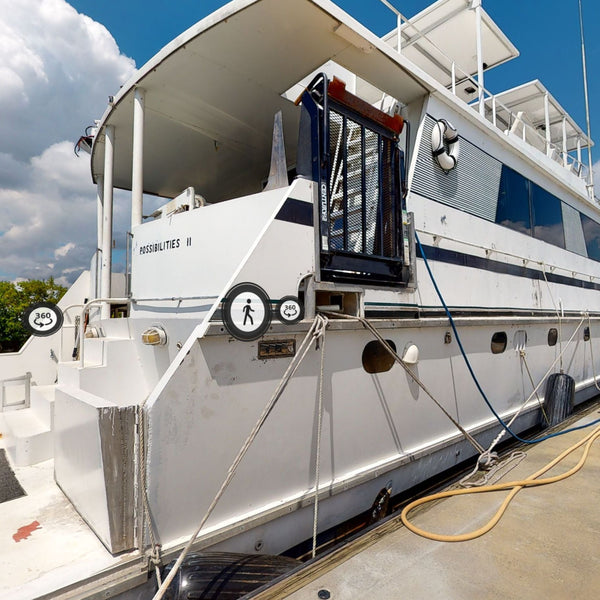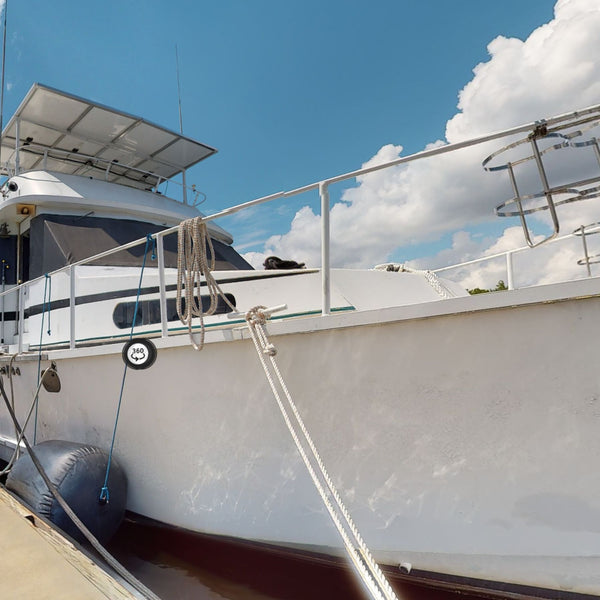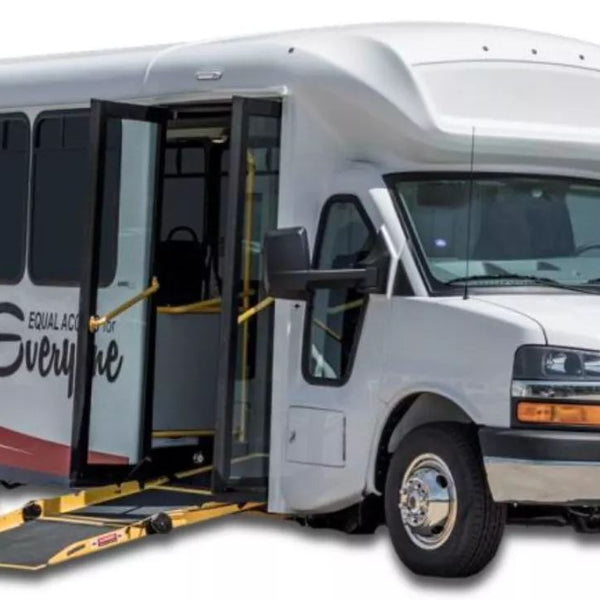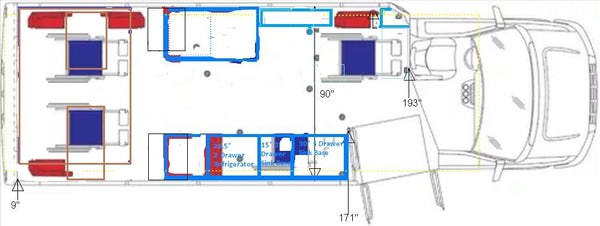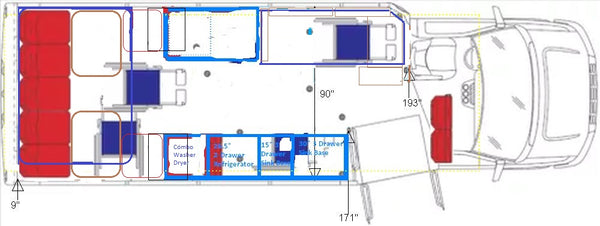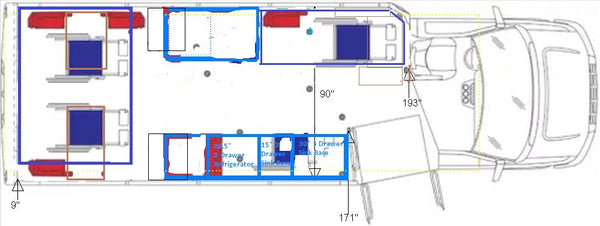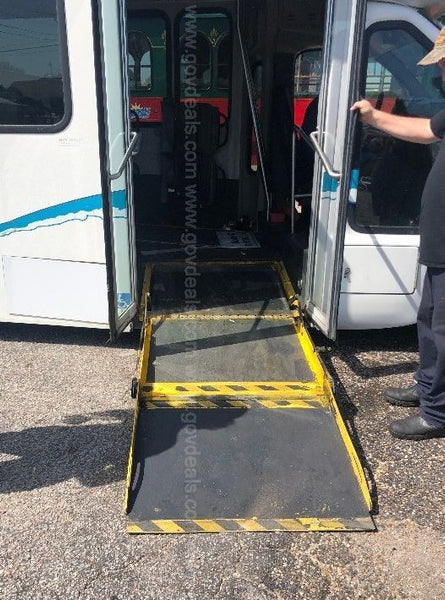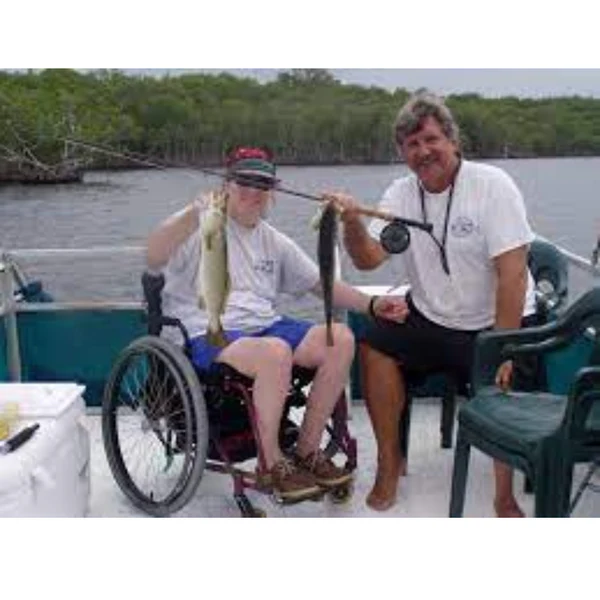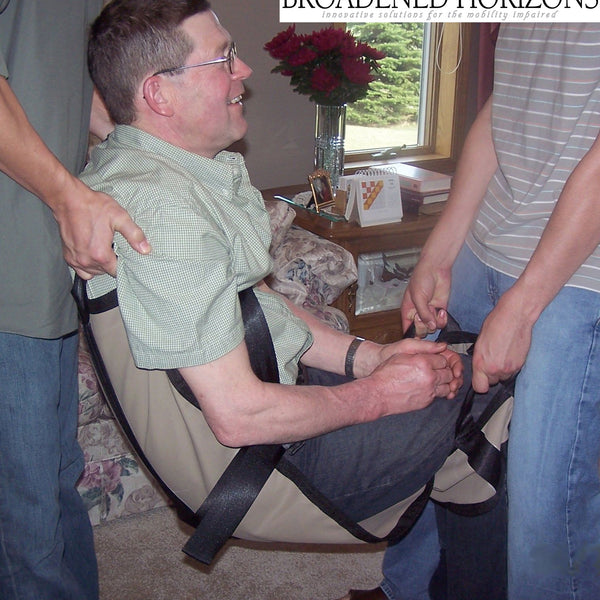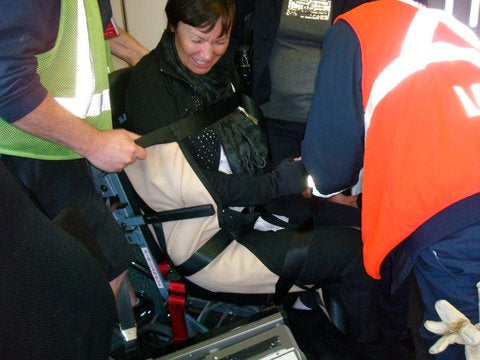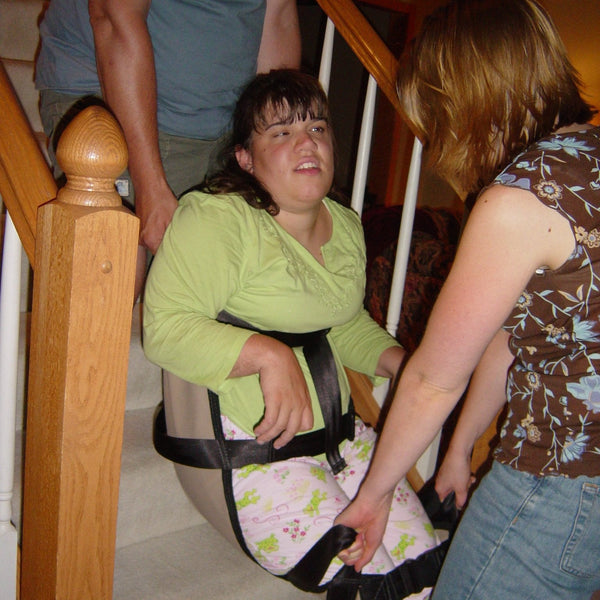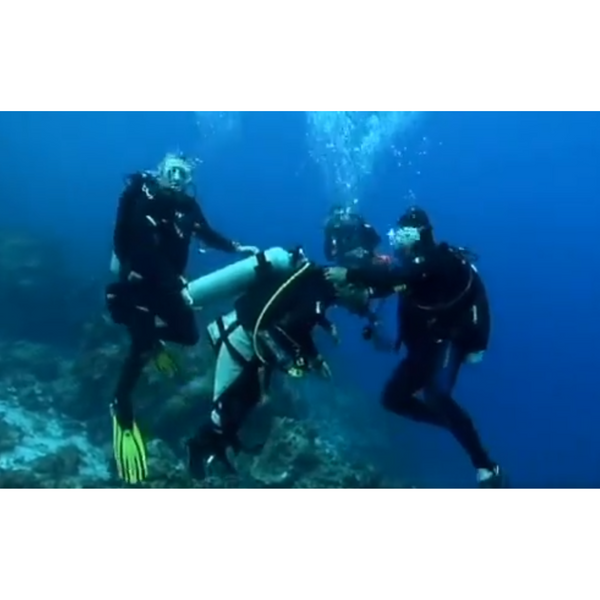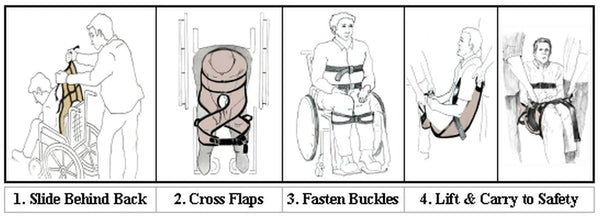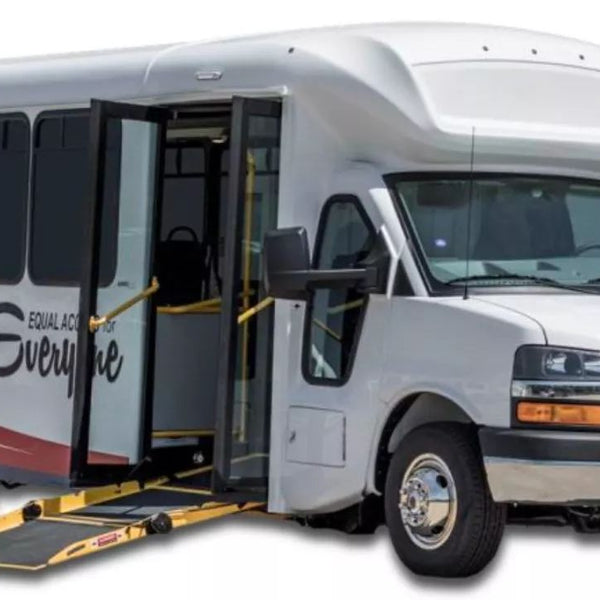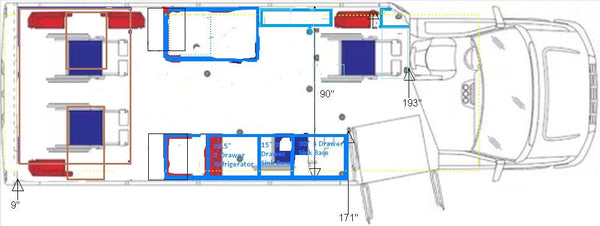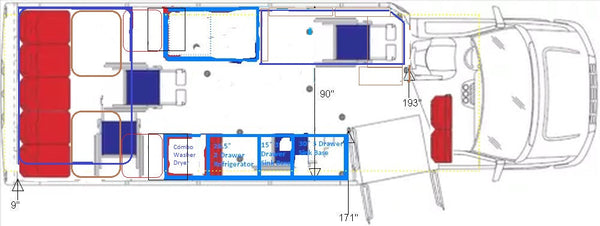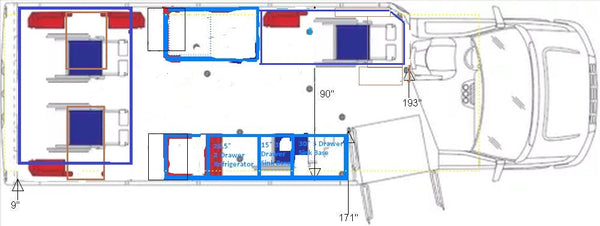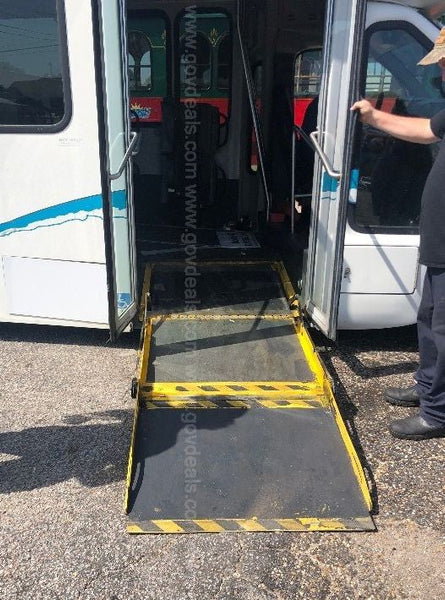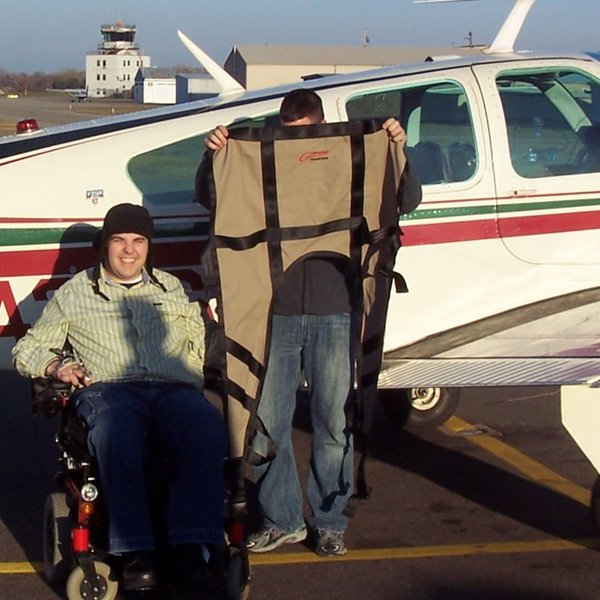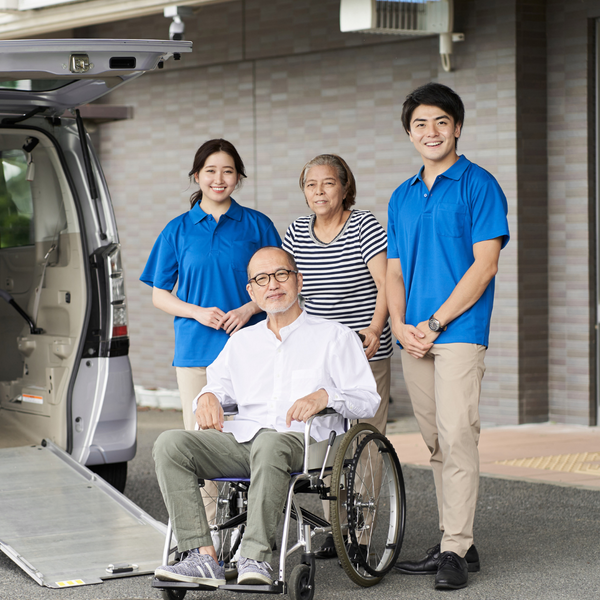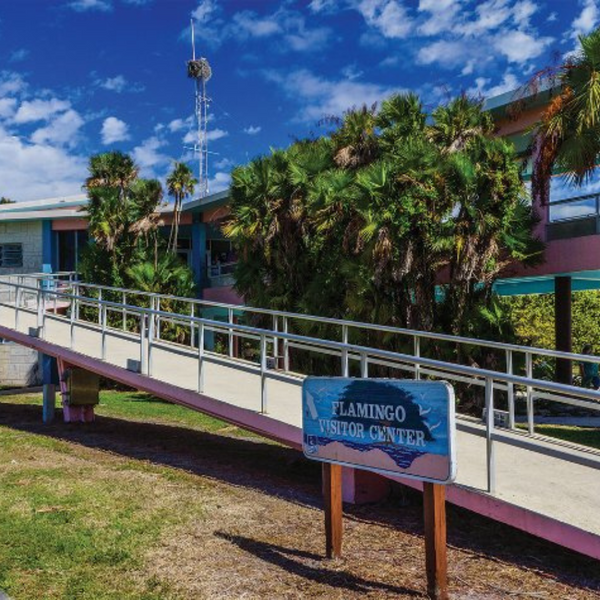Research shows people with disability are disproportionately at risk in times of disaster. This is Gaele’s story:

Gaele Sobbot found her recent evacuation experience stressful. Source: AAP


READ MORE

Four photos of Australia from space, before and after the bushfires
People with disability 'at real risk'
Gaele is not alone in her experience.
The World Health Organisation and the United Nations Department of Economic and Social Affairs have both noted people with disability are disproportionately at risk and overlooked in times of disaster.
“Fundamentally, the reason they’re more at risk is because often critical information not in a format they can access, understand or use,” said Michelle Villeneuve, associate professor at the University of Sydney's Centre for Disability Research and Policy.
“Just like exclusion from mainstream community activities, people with disabilities have been excluded from the mainstream of emergency management," she said.
“People with effective mobility can adapt to new situations and move quicker than someone with an assistive device or who has challenges with their breathing. That places them at real risk.”
Evacuation procedures can overlook people with disability, Dr Villeneuve said.
Though many Australians have in recent weeks been evacuated onto beaches, people who use mobility aids, for example, would not have been able to do so easily.
Many Australians have also taken to social media over the past few weeks to point out certain bushfire broadcasts, resources and education would not have been accessible to some in the disability community.
“Disabled people can miss a lot of information on the news because even if it's closed-captioned [subtitled] it’s often not clear or easy to follow,” Dr Villeneuve said.
“It is one thing to ask emergency services to make sure all their information is accessible and they know everything about every individual’s disability and their needs, though it’s unrealistic.”
People With Disability Australia CEO Jeff Smith said it is “crucial” emergency communications are accessible while such large scale bushfires are burning.
“Not all the television media has had Auslan interpreters, and in some cases, where they have had interpreters, the media has cropped these people in the desire to get a closer shot of whoever might be talking,” he said.
‘We need a seat at the table’
While Gaele said she has “great confidence in the community to work with disabled people from the bottom up”, her concerns remain over the availability of accessible emergency infrastructure.
“The lack of disabled-focused planning, evacuations and accessibility of information ... needs to be looked at,” she said.
Dr Villeneuve said community health and disability organisations should act as a lever for change.
“Community organisations need to work alongside emergency services - they are the people who have routine interactions with people with a disability on a daily basis.

The NSW Department of Communities and Justice spokesperson said the Office of Emergency Management has worked closely the University of Sydney Centre for Disability Policy and Research to strengthen disaster preparedness of people with disability and foster inclusive practices across emergency management.
"The NSW Government is also a funding partner for a three-year Australian Research Council project which is examining how best to assist people with disabilities in disasters, what their support needs are and how they might help themselves to better prepare for disasters," they said.
Mr Smith said reform “starting from the top of the tree” is needed, with voices from the disability community front and centre.
“People in the community are doing the best they can, but if people with disability are involved in disaster planning and recovery, then that can be built into policies and procedures of how you evacuate.
"We also need to make sure the NDIS can flexibly deal with people in the aftermath of these fires because we haven’t even begun to have that discussion.
“If we have a seat at the table, a lot of these problems can be resolved down the track.”



